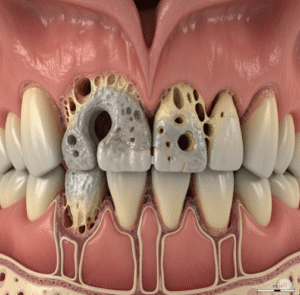Overview
Floaters are small shapes or spots that appear to drift through the field of vision, commonly noticed when looking at a bright background, such as the sky or a white wall. They are usually caused by age-related changes in the vitreous gel inside the eye. In Korea, ophthalmology clinics provide advanced eye examinations and treatments, including laser therapy and vitrectomy, for floaters that significantly impact vision.
What are Floaters?
Floaters are tiny clumps of gel or cells inside the vitreous, the clear, jelly-like substance that fills the eye. As light passes through the eye, these clumps cast shadows on the retina, appearing as spots, cobwebs, or threads in vision. While floaters are often benign, sudden onset or a large number may indicate serious eye conditions such as retinal tears or detachment.
Symptoms
- Small spots, lines, or cobweb-like shapes in vision
- Moving spots that shift when the eye moves
- Flashes of light in the peripheral vision (photopsia)
- Dark or shadowy areas in vision
- Sudden increase in floaters may indicate retinal issues
Causes
- Age-related changes in the vitreous gel (vitreous liquefaction)
- Posterior vitreous detachment (common in people over 50)
- Eye injuries or trauma
- Inflammation inside the eye (uveitis)
- Eye surgeries such as cataract removal
- Diabetic retinopathy or retinal tears
- Nearsightedness (myopia) increases risk
Risk Factors
- Age (over 50 years is common)
- High myopia (nearsightedness)
- Eye injuries or previous eye surgery
- Diabetes or other retinal vascular conditions
- Family history of retinal detachment
- Chronic eye inflammation
Complications
- Reduced visual clarity or interference with daily activities
- Retinal tears or detachment in sudden-onset cases
- Vision loss if underlying retinal disease is untreated
- Anxiety due to visual disturbances
Prevention
- Regular eye examinations, especially for people over 40 or with myopia
- Immediate consultation for sudden increase in floaters or flashes
- Protective eyewear during sports or high-risk activities
- Manage systemic diseases like diabetes or hypertension
- Avoid heavy lifting or straining in patients at risk of retinal tears
Treatment Options in Korea
Diagnosis:
- Comprehensive eye examination by an ophthalmologist
- Dilated fundus examination to check the retina
- Optical coherence tomography (OCT) for detailed retinal imaging
- Ultrasound of the eye if the vitreous is too cloudy to see the retina
Medical Treatments:
- Most floaters are benign and require no treatment
- Monitoring changes in vision over time
- Managing underlying conditions such as diabetic retinopathy
Surgical or Advanced Interventions:
- Laser vitreolysis: Laser treatment to break up floaters
- Vitrectomy: Surgical removal of the vitreous gel for severe or vision-impairing floaters
- Procedures are carefully considered due to surgical risks
Rehabilitation & Support:
- Regular follow-up exams to monitor for retinal complications
- Education about warning signs of retinal tears
- Vision aids or lifestyle adjustments for patients experiencing visual disturbance













